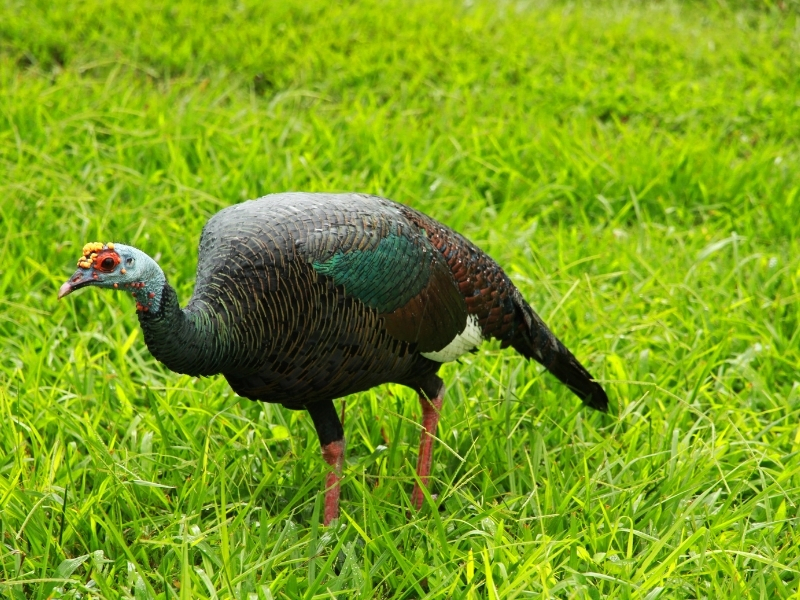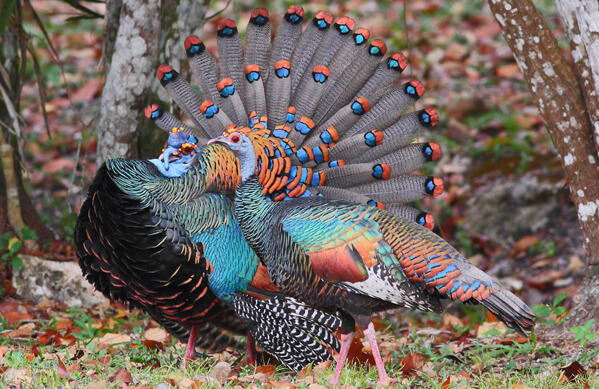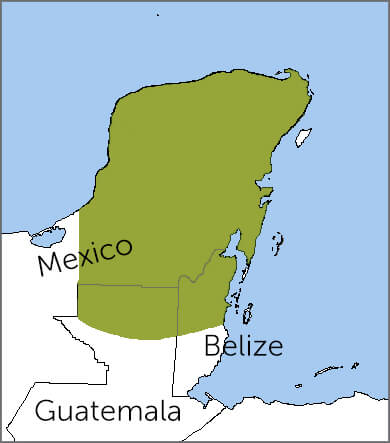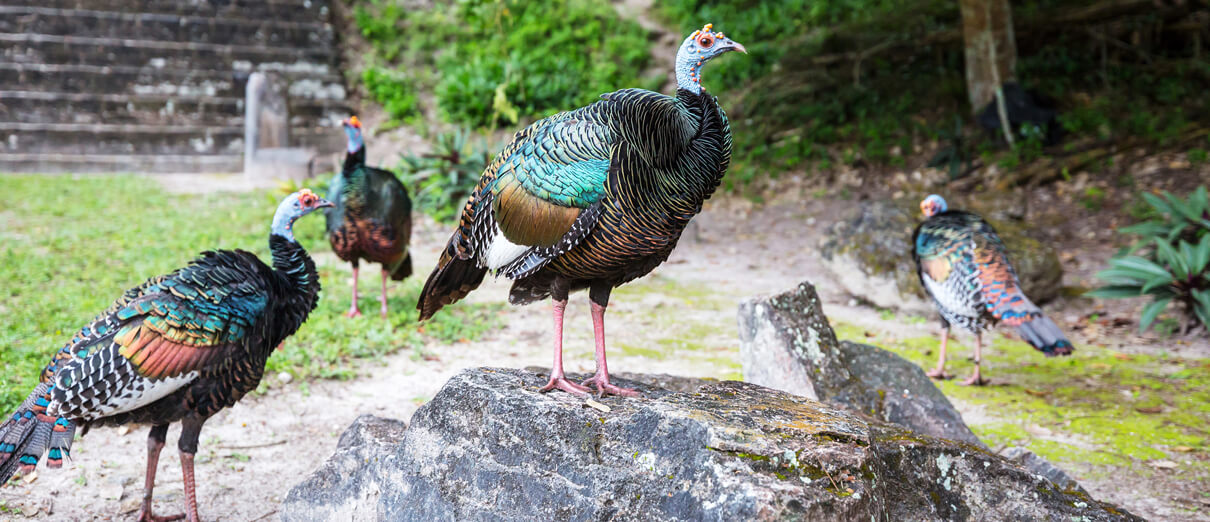Is a Turkey a Peacock? Unraveling the Confusion Between These Unique Birds
Turkeys and peacocks are two of the most iconic bird species easily recognized by their vibrant plumage. Though they may seem similar at first glance, these birds actually have very distinct identities. As a poultry enthusiast, I am often asked if turkeys and peacocks are related or even the same species. The short answer is no – turkeys and peacocks belong to completely different biological families. However their superficial resemblance often leads to confusion. In this article, I’ll clarify the key differences between turkeys and peacocks, so you can better appreciate these remarkable birds in all their uniqueness.
What Defines a Turkey?
Turkeys belong to the Phasianidae family, which includes pheasants, grouse, partridges, and other gamebirds. The two wild turkey species are the North American wild turkey and the ocellated turkey native to the Yucatan Peninsula. Wild turkeys inhabit forests, fields, and grasslands, foraging on the ground for nuts, seeds, and insects. They nest on the ground and roost in trees at night.
Some key turkey traits:
- Stocky body shape with a small head and thick neck
- Iridescent bronze, copper, green, and red plumage on the body
- Distinctive red or blue head and fleshy growths called wattles on the throat
- Long dark brown wing feathers with white barring
- Fan-shaped tail feathers measuring 12-15 inches in males
- Adult males (toms) are larger than females (hens)
- Weigh between 11-24 pounds as adults
- Omnivorous diet including grains, nuts, seeds, berries, and insects
- Average 10-14 eggs per clutch with hens raising one brood per mating season
- Domesticated for meat production starting around 2000 years ago
What Makes a Peacock Unique?Peacocks belong to the Phasianidae family along with pheasants but they are in the genus Pavo while turkeys are Meleagris. The three peafowl species are the Indian peafowl, the Green peafowl of Southeast Asia, and the Congo peafowl of Central Africa. Peafowl inhabit tropical forests nesting in trees and foraging on the forest floor.
Some key peacock traits:
- Slim, upright body shape with a small head atop a long neck
- Vibrant blue, green, bronze and gold iridescent plumage on the body
- Crest of shiny blue and green feathers on the head
- Bare grey legs with sharp claws adapted for perching
- Extravagant tail covert feathers forming a train up to 5-6 feet long in males
- Males have train feathers that unfurl into a dramatic fan shape for courtship displays
- Adults weigh 4-6 kg (8.8-13.2 lbs) with males larger than females
- Omnivorous diet including seeds, fruits, insects, small vertebrates
- Average 4-8 eggs per clutch with hens raising multiple broods per year
- Prized for ornamentation beginning in ancient times
In essence, peacocks are slender, tree-dwelling birds renowned for their stunning beauty and elaborate courtship rituals. Their vibrant plumage and long train feathers contrast sharply with the drab colors of their forest habitat.
Key Differences Between Turkeys and Peacocks
While turkeys and peacocks may seem alike due to their large size, there are several marked differences that distinguish them:
-
Origins: Turkeys are native to North America while peacocks originated in Asia and Africa. They would not encounter each other in the wild.
-
Habitat: Turkeys thrive in open country like fields and prairies while peacocks prefer dense tropical forests.
-
Size: Male turkeys are heavier at 11-24 lbs compared to peacocks at 8.8-13.2 lbs.
-
Shape: Peacocks have an upright, slim build suited for perching while turkeys have a stocky, rounded body profile.
-
Plumage: Peacocks sport vivid blue, green, gold and bronze hues while turkeys have muted brown, copper, bronze plumage.
-
Tail feathers: A male peacock’s train feathers can reach 5-6 feet long compared to just 12-15 inches for a tom turkey’s tail.
-
Behavior: Peacocks are tree nesters while turkeys build ground nests. Turkeys walk more while peacocks fly up to roost.
-
Vocals: Peacocks have a piercing trumpet-like call. Turkeys make a softer gobbling sound.
-
Eggs: Peahens lay small clutches of 4-8 eggs versus turkey hens with 10-14 eggs per clutch.
As you can see, turkeys and peacocks differ significantly in evolutionary heritage, anatomy, habitat preferences, and reproductive behavior. Once you learn to recognize their unique features, it becomes easy to distinguish between them.
Can Turkeys and Peacocks Interbreed?
Given their stark differences, it will come as no surprise that turkeys and peacocks cannot interbreed to produce viable offspring. They belong to completely separate genera, so there is no biological compatibility.
In very rare cases, male turkeys and peacocks kept together in captivity may attempt to mate due to a lack of same-species partners. However, these couplings do not result in fertilized eggs or hybrid babies. The two species have incompatible reproductive physiologies that prohibit gene mixing.
While such matings may seem like evidence of a relationship, they are fruitless flukes of circumstance, not indications of genetic closeness. So the next time you encounter a turkey and a peacock side-by-side, rest assured they are merely feathered friends, not genetic family.
Appreciating the Diversity of Birds
Part of what makes birds so fascinating is the sheer diversity of sizes, shapes, colors, and behaviors they exhibit. Both turkeys and peacocks add a touch of splendor to the avian realm with their regal manner and stunning plumage. But when we take time to understand their unique origins and attributes, we gain a deeper admiration for these birds as the separate species they are.
The exquisite fan of a peacock and the hardy hustle of a turkey each have their own charm. As a bird enthusiast, I encourage you to observe both species closely – note their vocalizations, feeding habits, and social dynamics. Understanding their differences allows us to fully appreciate the exceptional wonders of the animal kingdom.
So next time you see one of these birds, take a moment to ponder the marvelous diversity of life and the beauty of biodiversity. Our world is enriched by each and every magnificent creature! While they may seem similar at first glance, turkeys and peacocks offer their own distinct gifts. Celebrating their unique identities deepens our connection to the feathered world.

More Birds Like This
Our 400+ detailed species profiles bring birds to life across the Americas with a focus on threats and conservation. Search the Library
Your contribution will be matched dollar-for-dollar. Act by December 31!

- Scientific Name: Meleagris ocellata
- Population: 20,000 – 50,000
- Trend: Decreasing
- Habitat: Mature and second-growth forest and edge; also frequents fields

The Ocellated Turkey is the gaudier tropical cousin of the worlds only other turkey species, our familiar Thanksgiving bird. Watching a strutting male display is like seeing a Wild Turkey through a colorized filter: The baby-blue head is dotted with red and orange wart-like bumps. Metallic body feathers shimmer in colors from electric blue to green, growing more vivid on wings also banded with bronzy-orange and white. Its striking tail recalls the peacocks famous plumes. (In Spanish, this bird is sometimes called pavo real, a term both for peacock and “royal turkey.”)
Unlike its northern relative, the Ocellated Turkey does not have a broad range. Its only found on the Yucatán Peninsula, which embraces a few Mexican states, the northern half of Belize, and Guatemalas northern Petén region. Despite its size and eye-popping plumage, this bird lurks mostly unseen amid thick foliage, like other turkey-like birds such as the Great Curassow. The peninsulas remaining forests also support a number of wild cat species. What does the Ocellated Turkey have in common with one of these slinky felines?
Particularly within large expanses of undisturbed habitat, the Ocellated Turkey must keep a wary eye out for wild cats, including the Jaguar, Puma, Jaguarundi, Margay, and the Ocelot, with which the bird shares part of its name. The word “ocellated” derives from Latin for “having eye-like markings.” In the turkeys case, this refers to rows of large metallic-blue and orange spots on its tail feathers. The same root occurs in the name Ocelot, referring to the outsized, two-toned spots adorning this cats fur.
Both the Ocellated Turkey and the Ocelot, unfortunately, have something else in common: Both are declining and face heavy hunting pressure and habitat loss in most of their range.
Ocellated Turkeys breed starting in March. A displaying male strides through a group of females, his tail spread wide and his head tilted back, resting on his fluffed back feathers. Wings shaking and occasionally rapped on the ground, he suddenly bursts into a rapid series of gobbles shallower than his larger relative — sounding like a barnyard goose trying to imitate a turkey. A dominant male may mate with many females, thwarting attempts by other males to mate with them.
Listen here:
(Audio: Paul Driver, XC522868. Accessible at www.xeno-canto.org/522868.)
Nesting occurs starting in April. The hen lays eight to 15 eggs in a scrape on the ground, then incubates the clutch for four weeks. Young are precocial, meaning that they can scamper off as soon as they hatch. The chicks stay with the hen until the start of the next breeding season.
The ancient Mayans revered turkeys. They considered them powerful and valued their iridescent feathers and impressive leg spurs. They traded for Wild Turkeys from the north, which they domesticated. But they also greatly appreciated the local Ocellated Turkeys living in forests just outside their settlements. Both species were eaten, sacrificed, and worshiped. On his epithet, a Mayan leader was even honored as Chak Akach Yuhk, translated by archaeologists to mean “Great Male Turkey, Shaker of Cities.”
The Ocellated Turkey is still an iconic species of the Yucatán Peninsulas tropical forests, including around major Mayan ruin sites such as Guatemalas world-famous Tikal National Park.

Ocellated Turkeys usually forage under thick cover within forest and scrub-forest, but will venture into clearings and adjacent farm fields for waste corn and other feeding opportunities. They spend much of their time seeking seeds, fruits, leaves, and insects and other small creatures.
The International Union for Conservation of Nature (IUCN) ranks the Ocellated Turkey as Near Threatened because many populations are in decline due to uncontrolled subsistence hunting and continued habitat loss. Healthy populations are protected in Guatemalas Tikal, in private and national reserves in Belize, and in some large Mexican reserves.
In some areas, traveling sport hunters buy permits and hire guides to hunt Ocellated Turkeys, providing an economic boost for outfitters, guides, and farmers. Recent research shows promise for carefully managed hunting of Ocellated Turkeys in ejidos, or community-run lands, in Mexico. There, some communities report increasing turkey populations kept in balance by a mixture of conservation, cultivation, and sustainable game management. The Wild Turkeys rebound in the U.S. was fueled by a similar melding of conservation, agriculture, and forestry.
Habitat loss remains one of the greatest threats to the Yucatáns wildlife, including the Ocellated Turkey and other endemic species like the Yellow-lored Amazon and Yucatán Poorwill, as well as wintering Neotropical migrants including the Kentucky Warbler, Wood Thrush, and Ovenbird.
ABC works with partners to conserve birds throughout the Americas, in reserves and on working lands, often on a landscape scale through our BirdScapes approach.
Donate to support ABCs conservation mission!
Turkey vs Peacock – who will win?
FAQ
Are turkeys related to peacocks?
- Turkeys, peacocks, and other birds in the Phasianidae family are ground-dwelling, fowl-like birds.
- The Phasianidae family includes many popular game birds.
- Turkeys and grouse were previously considered to be separate families, but are now known to be part of the Phasianidae family.
- Chickens and peacocks are related in one lineage, while turkeys, grouse, and pheasants are in a different lineage.
What kind of bird is a turkey?
- Large, heavy-bodied bird with short legs and wings
- Dark plumage with a bronze-green iridescence
- Wings are barred with white
- Bare skin on the head and neck can be red, blue, or gray
- Males have a red head, throat, and wattles
- Males also have a spur behind each lower leg
Is a peacock just a fancy turkey?
Peafowl and turkeys are not very close relatives within gamebirds, but they certainly have some morphological similarities.
What are turkeys closely related to?
turkeys, grouse, pheasants, and partridges. The bird family that includes turkeys, grouse, pheasants, and partridges is an ancient and diverse bird group. There are about 160 species in this group and they are found in North and South America, Africa, Europe, Asia, and Australia.
